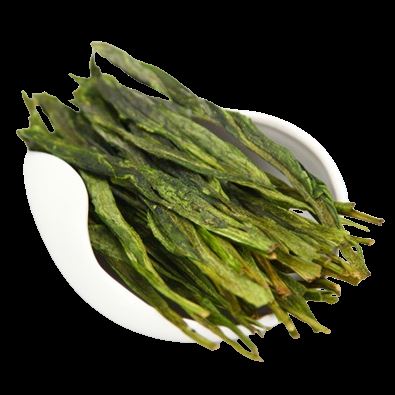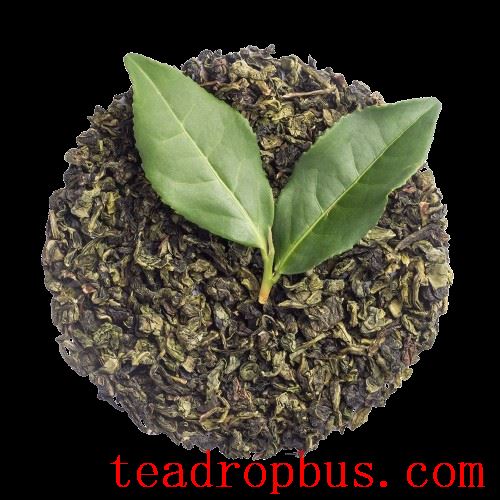01 What is Orchid Aroma?
Orchids, a type of orchidaceae plant, are renowned worldwide for their striking appearance and alluring fragrance. Oriental orchids from subtropical regions, in particular, have been traditionally regarded as symbols of virtue due to their refined floral scent. If a Cup of tea can impart an aroma reminiscent of orchids, it significantly enhances the sensory experience for consumers and increases the economic value of the tea. For instance, the high-quality Oolong tea variety “Anxi Tieguanyin” is celebrated for its distinct orchid-like fragrance. Researchers describe this aroma as similar to that of jasmine and magnolia flowers, accompanied by a hint of fruity notes, and find that it is closely related to the scent of Cymbidium orchids.
02 Which Teas Have Orchid Aromas?
For some high-quality green teas, orchid aroma is a rare and desirable characteristic. Unlike oolong teas, the orchid aroma in green teas tends to be more subtle, elegant, and captivating.

03 How Is the Orchid Aroma Formed?
The intensity of the orchid aroma in tea is directly related to the concentration of cis-jasmone in the leaves. Cis-jasmone is widely present in plants and is one of the most important hormones, playing roles in attracting pollinating insects, antimicrobial defense, and stress resistance.
04 What Factors Influence the Formation of Orchid Aroma?
Biological and abiotic stresses increase the accumulation of volatile molecules in tea leaves. During the production of Oolong Tea, especially during the green-making stage, the expression of genes involved in aroma formation is enhanced, leading to a significant increase in the concentration of aromatic compounds. Other plant stresses, such as light and temperature, also affect the formation of volatiles.
The molecular configuration is often a determining factor in physiological effects. Early studies show that in cis-jasmone, the (1R,2S) epimer has the highest odor activity. However, the epimeric form is thermodynamically unstable and spontaneously converts into (1R,2R)-jasmonate via an enol form at the C-2 position. At ambient temperatures, the diastereomers reach equilibrium at a ratio of 95:5, favoring the stability of jasmonate.
After fresh leaf harvest, both configurations of cis-jasmone continue to synthesize enzymatically until they reach their maximum accumulation before fixation. With the inactivation of enzymes during the fixation phase, cis-jasmone no longer increases, but simultaneously, it transforms into jasmonate. Lower drying temperatures help preserve the epimeric configuration, retaining more of the orchid aroma in the tea.

05 How Can the Orchid Flavor Be Maintained During Tea processing?
During tea processing, appropriate withering times should be given to ensure sufficient endogenous enzyme reactions and maximize the synthesis of cis-jasmone. It is also important to avoid excessively high temperatures during fixation or drying and not to prolong processing times, in order to prevent the conversion of too much epimeric jasmonate into jasmonate, thus preserving more of the epimeric configuration and ensuring that the orchid flavor remains in the tea.